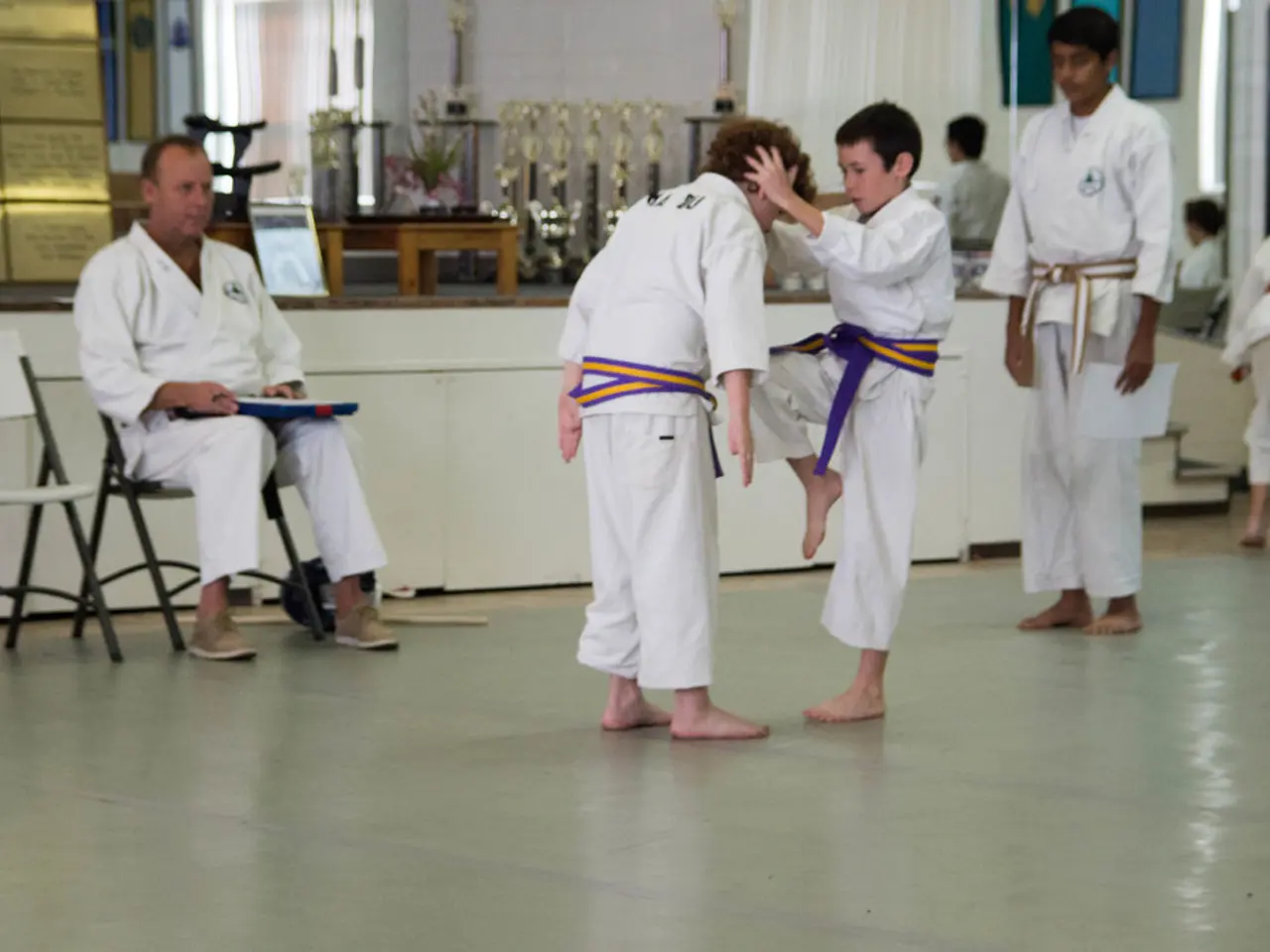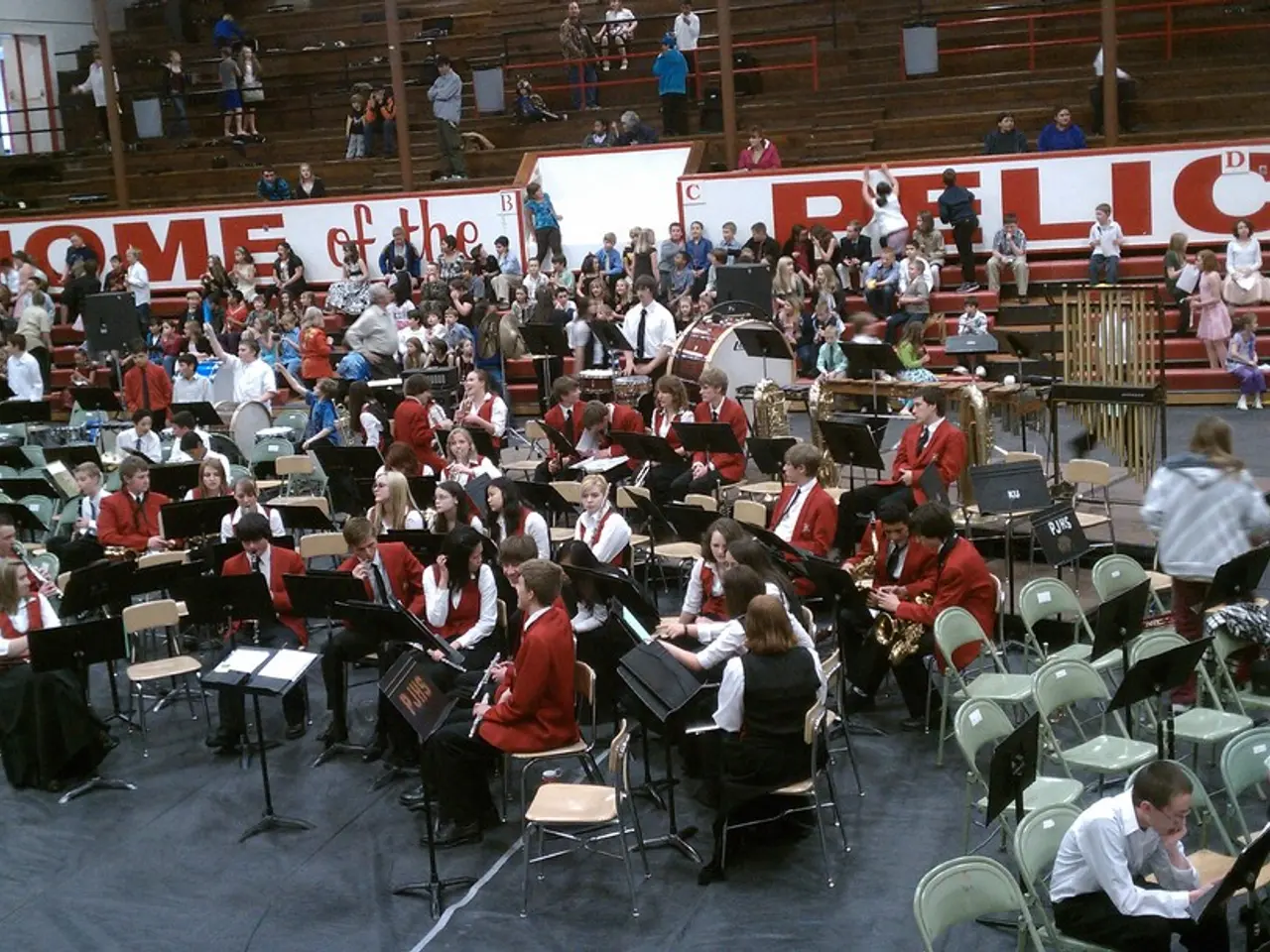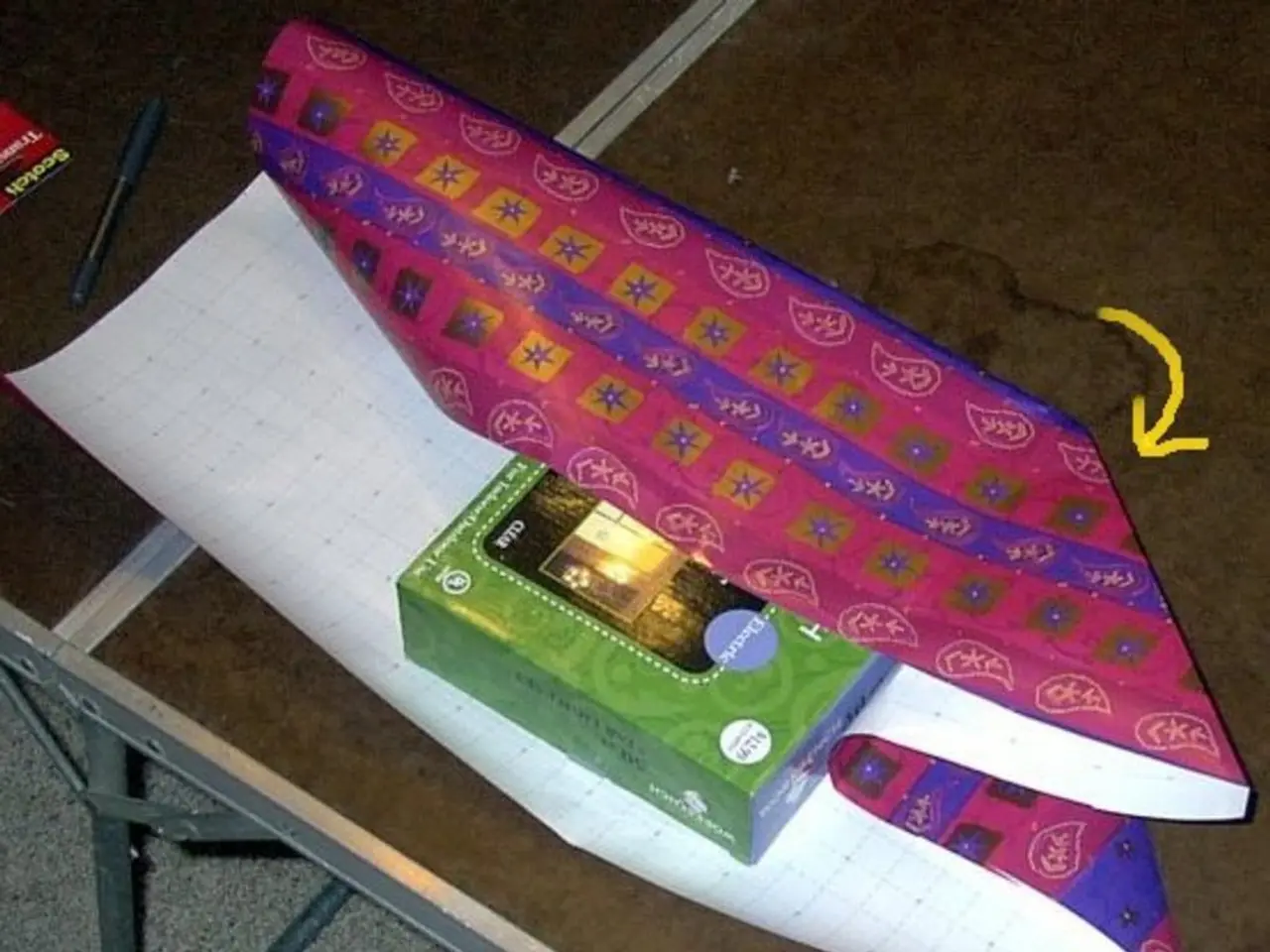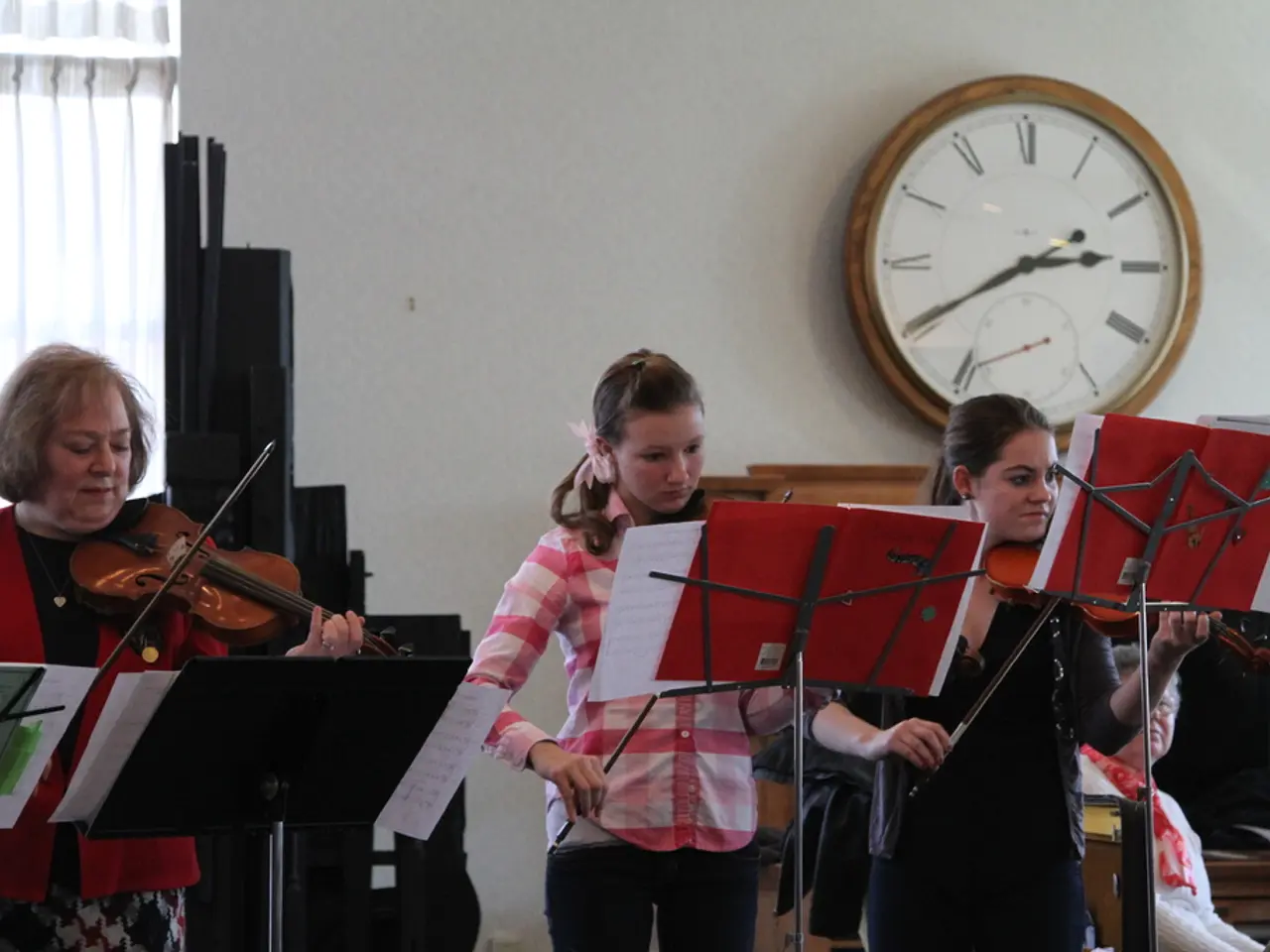Enhancing the Real World Experience with Virtual Reality Technology
Virtual Reality (VR), once confined to the realm of entertainment and fantasy, is now expanding its horizons to revolutionise our understanding of the real world. By merging the digital and physical domains, VR is creating immersive, interactive experiences that enhance learning, training, environmental awareness, and mental well-being.
The convergence of VR and Augmented Reality (AR) in Mixed Reality (MR) is at the forefront of this transformation. MR allows for the seamless coexistence of the real and virtual, promising a future where surgeons could see real-time data overlaid on patients while interacting with virtual models.
In the professional sphere, VR platforms like Meta Horizon Workrooms and Spatial are redefining collaboration by creating virtual offices for remote work. By breaking down geographic and logistic barriers, these platforms are augmenting professional interactions, making remote work more engaging and productive.
In the realm of psychotherapy, VR is offering new forms of healing and self-awareness. It provides controlled exposure to patients confronting phobias, anxiety, or PTSD, enabling them to face their fears in a safe and controlled environment.
VR is also transforming tourism experiences, allowing users to visit historical or remote locations with lifelike realism. This augmentation of cultural understanding is set to deepen as these technologies become more affordable and accessible.
Artists, too, are finding new creative avenues in VR. They can now sculpt in a digital space that merges with the physical world, creating mixed reality environments that blur the lines between the real and virtual.
The impact of VR on learning, work, healing, and connecting is expected to deepen. VR, coupled with Artificial Intelligence (AI), supports nature protection efforts by simulating natural ecosystems, enhances mental health through multisensory nature experiences, and empowers more accurate environmental data analysis and visualization for better forest management and climate policy-making.
VR also enables medical and nursing students to rehearse surgeries, diagnostics, and emergency responses safely, bridging the gap between theory and practice. It lets students explore iconic landmarks, ecosystems, and historical sites virtually, making subjects like geography or history more tangible and increasing knowledge retention.
In summary, VR transforms passive observation into active, embodied experience and simulation, enhancing understanding and decision-making about the real world across education, environmental science, healthcare, and social collaboration beyond mere entertainment. As these technologies continue to evolve, we can expect to see a more immersive, interactive, and interconnected world.
- Science is incorporating VR technology to create realistic simulations of natural ecosystems, aiding nature protection efforts and enhancing environmental data analysis.
- In the domain of education-and-self-development, VR is revolutionizing learning by providing immersive, interactive experiences that increase knowledge retention, such as allowing medical students to rehearse surgeries virtually.
On a side note, the combination of VR with technology, health-and-wellness, and education-and-self-development holds great potential for future advancements in multiple fields.




